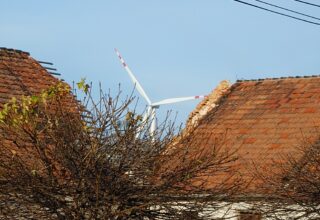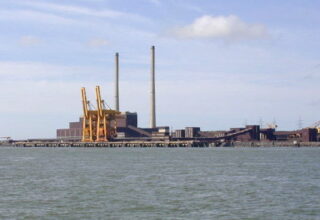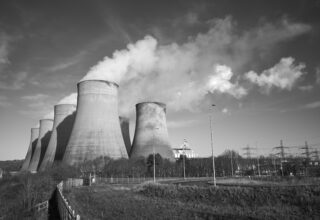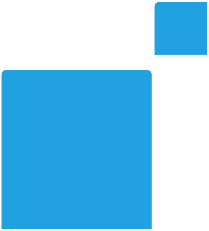Coal
Once governments announce a coal phase out they then need to set about implementing it which means confirming closure dates at plant level, and producing plans for a managed just transition away from coal.
This is one of the most comprehensive databases of Europe’s coal plants available. Use the Maps and Charts tabs to explore details about Europe’s worst emitting plants, the damage they do to people’s health, which countries have committed to 2030 phase outs and more.
This is one of the most comprehensive databases of Europe’s coal plants available. Use the Maps and Charts tabs to explore details about Europe’s worst emitting plants, the damage they do to people’s health, which countries have committed to 2030 phase outs and more.
-

Renewable energy generation overtakes coal for the first time in Poland
Poland, one of Europe’s most coal dependent countries, generated more electricity from renewables (mainly solar and wind) than from coal in June 2025. It’s also the first time in which coal generation fell below 50% for a full quarter, a clear sign that the country’s recent efforts to accelerate the energy transition are paying off.
-

Ireland becomes Europe’s 15th coal-free country
The closure of Ireland’s last remaining 915 MW Moneypoint coal plant makes it the sixth country in Europe to exit coal. Thanks to remarkable progress in renewable energy deployment—particularly wind, which now supplies over a third of the country’s electricity—Ireland achieved a timely coal phase-out.
-

Helsinki’s Salmisaari coal plant closes, marking a near-total coal exit for Finland
Power utility Helen is decommissioning its 177 MW Salmisaari coal plant today, bringing Finland to the brink of a full coal phase-out four years ahead of schedule.
-

The UK exits coal power
The UK’s last coal-fired power plant, Ratcliffe-on-Soar, closed today, making the UK coal-free. In 2015, the UK became the first country in the world to announce a coal phase-out.
-

Greece’s coal exit accelerates from 2028 to 2026
Greek utility PPC plans to shut down remaining coal operations by 2026, effectively moving Greece’s coal exit forward by two years.
*How the German coal exit translates to our countdown
Though the end date for coal is foreseen in 2038 only, the law does retire approximately 23 GW prior to 2030. For lignite plants, a plant-specific phaseout pathway exists, but for hard coal, the law does not explicitly state which plants shall retire when, as the closure pathway shall be defined through auctions first. In order to reflect that, according to the law, all but 8 GW of German hard coal capacity will retire by 2030, we made assumptions on which hard coal plants would retire before 2030 to align the hard coal closure path with our counter’s methodology, which only registers retirements when the exact coal plant is known.
In December 2020, a set of three hard coal plants that, according to our evaluation, were implicitly intended to retire after 2030 (mostly because of their young age), unexpectedly won in the first auction that determines hard coal retirements. As a result, we added it to the list of plants that are to retire by 2030 at the latest. At the same time, we did not assume that other plants are now set to retire later, i.e. after 2030, just to fulfill the intended phase-out pathway of the German law. Instead, the list of plants set to retire by 2030 grew by three. This leads to a new setup with less than the 8 GW of hard coal capacity that are described in the law will be left after 2030. In short: we anticipate a quicker phase-out of German hard coal capacity.
Despite RWE's announcement in 2022 that it plans to exit coal by 2030, the federal government has the authority to retain some of RWE's coal units as grid reserve beyond 2030. We have therefore not yet included the plants covered by RWE's announcement in the list of coal plants scheduled to retire by 2030 at the latest.
This is one of the most comprehensive databases of Europe’s coal plants available. Use the Maps and Charts tabs to explore details about Europe’s worst emitting plants, the damage they do to people’s health, which countries have committed to 2030 phase outs and more.


